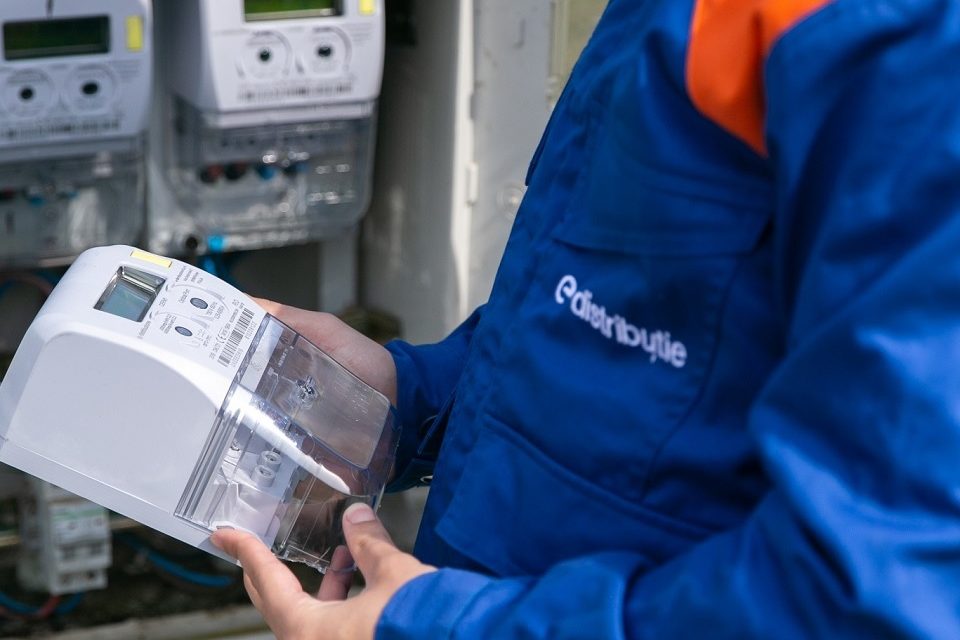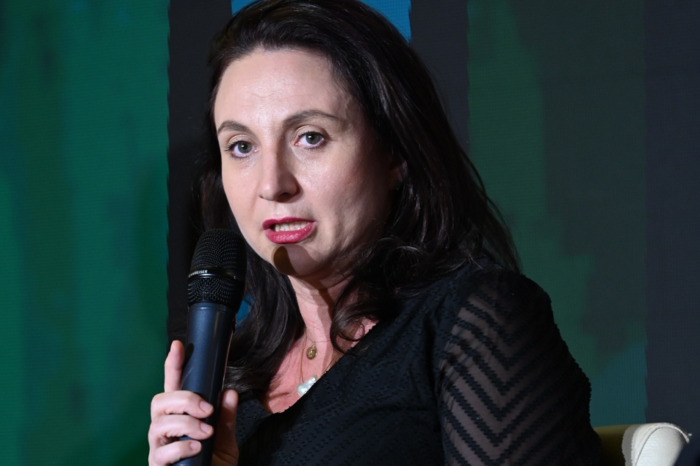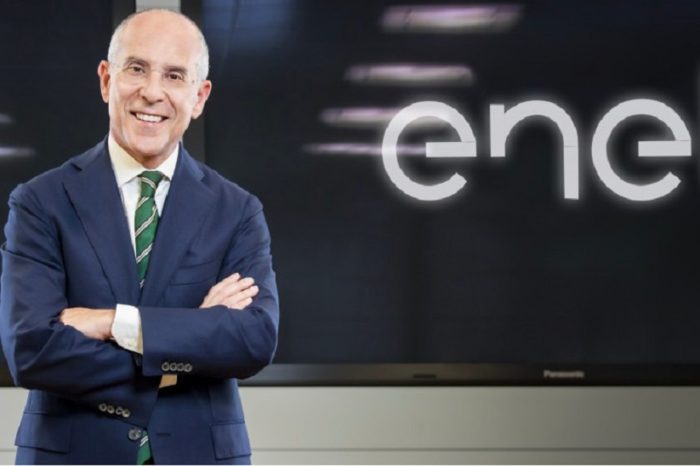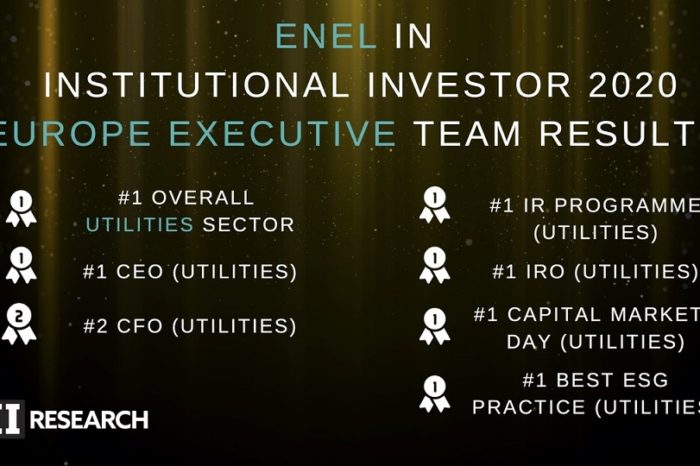What are smart meters and how do they work?

Smart meters represent a modern generation of metering equipment, which will gradually replace the old generation of meters, according to the schedules approved by the National Regulatory Authority (ANRE).
The time of disk and mechanical display meters has passed, and they have generally been replaced with electronic display meters that are able to generate several indexes or electrical measures, for rates that are or are not differentiated depending on time frames.
Enel Group continues to install smart meters to its customers for several reasons. Firstly, this is part of a modernization process, of implementing a technology with a proven usefulness – in the future, our grids may be just as digitalized as the ones in the most advanced countries in the field.
The smart meter is at the center of the electrical grid of tomorrow – imagine a city with smart grids, supplied by producers and prosumers that generate renewable wind or sun energy in quantities measured by smart meters.that the network delivers energy to consumers who use it to fuel e-cars and other devices, while adjusting and monitoring their consumption through Internet of Things apps that automate these features. Find out more about how the smart meter works, following this link.
Based on the number of installed smart meters, Enel is leader in the installation of smart meters in Romania in 2019. The company intends to maintain its position in the following years, while bringing the benefits of the smart meters to our customers in the urban and rural environment. See the schedule installations approved by ANRE.
How do smart meters work?
The smart meter is a device that only works at full capacity if integrated in a smart metering system – alongside other meters, it sends data to a data dispatcher, which, in turn, communicates them to a centralized system, in a secured manner. The communicated data comprise the electricity consumption, the curve of electric charge and other electric parameters, through the PLC (power-line communication) communication system – power supply cables. It does not use and it does not generate WiFi signals.
When it is integrated on a smart metering system, the smart meter communicates directly with the electricity distributor, in a secured manner. It allows the distributor to collect and analyze data and find out what the improvement areas are. It also enables the consumer to monitor and adapt the consumption. Those who have a smart meter that is integrated in a smart system, are able to check the information about their own consumption via their online account, on the computer or mobile devices.
As an electrical appliance, the smart meter observes all Romanian and EU environmental rules and requirements. The meter is CE-marked and it is accompanied by the certificate of conformity (according to the provisions in art. 5 of DG no. 1022/2002), which certifies that the product cannot represent a danger for anyone’s life, occupational health and safety and that it does not negatively impact the environment.
The future with smart meters and smart grids
The deregulation of the electricity market and the spread of the Internet of Things will make energy distributors and suppliers to invest in more cost-effective energy systems. The main reason is the ever more increased presence of the “smart” home appliances – devices connected to a utility program that allows optimized energy consumption in the benefit of both energy companies and individual users.
Smart meters offer important insights for the consumers that respond to individual needs and expose the inefficiencies of the conventional grid. When energy demand peaks, system costs climb as well, requiring more expensive generation capacity, based on fossil fuels most of the time. Therefore, customers who can’t benefit from alternative rates are subject to imbalanced prices and don’t have the ability to manage their usage efficiently. With these needs in mind, energy suppliers are exploring mechanisms to reduce peak load and thereby provide cost savings to all customers.
With a strategy focused on the strong development of smart grids, the EU has proposed to replace at least 80% of the old smart metering energy consumption equipment by 2020. Although most likely the target will not be reached, the number of functional smart meters is constantly increasing, especially as countries such as Italy, Sweden or the UK have already moved to the second generation.
With the large-scale installation of smart meters, the EU aims at stimulating the emergence and development of digital technologies and Internet-of-Things (IoT) -based applications. Thus, digitization of the network using sensors and advanced technologies such as cloud computing will help monitor consumption patterns and provide real-time information on electricity consumption.

















